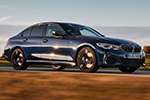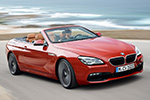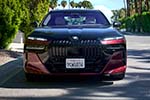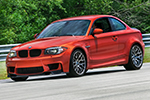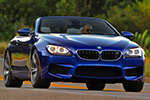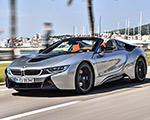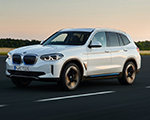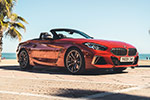Today, BMW’s customer racing program is well known and respected — you could fairly call it a touchstone of the brand. But it wasn’t always that way. Since 1972, BMW Motorsport has built customer race cars, but most weren’t suited for North America due to differing regulations. Rules and restrictions often vacillate wildly from their European counterparts. For years, U.S. privateers had to convert street cars into race cars because BMW NA lacked the infrastructure to support factory-built racers. But racers in the U.S. weren’t bound to the homebrew approach forever. In 2013, things changed drastically.
Official BMW race cars found their way Stateside when longtime BMW racer Will Turner imported two used Z4 GT3s, prompting BMW NA to support them. Turner wasn’t really someone BMW could ignore; Turner Motorsport had already won six professional championships. Most impressively, those wins came from the cockpit of race-converted street cars, rather than vehicles with any sort of factory backing or support. BMW was comfortable with the risk — after all, it was “just” two full blown race cars — and prompted the company to develop the beginnings of what would become a customer racing support structure. The car’s success in the 2014 GTD class further motivated efforts. Turner didn’t stop there; used Z4s were seemingly just the price of admission. The real attraction was the M6 GT3. Incredibly, Turner got the first and second cars built, paying €379,000 for each in 2016.
The M235i Racing Sets the Pace and Paves the Way Forward
At the same time, BMW Motorsport was developing the entry-level M235i Racing. It was intended as an affordable, turnkey race car. U.S. interest grew, particularly from performance-oriented BMW dealerships, ten of which pledged support and interest to the product. BMW NA worked to secure EPA approval and adapt the car for Pirelli World Challenge competition in 2016. The M235i Racing took home the gold, with Classic BMW’s Toby Grahovec only finishing off-podium twice in the 12-race series.
The M235i Racing quickly proved reliable, competitive, and transformative — driving wide adoption and revealing new challenges, such as adapting European race cars for hotter, higher-altitude American circuits. Maybe most importantly, it was truly affordable: in 2016, pricing was from $65,854. The success of the M235i program helped BMW globalize its customer-racing development and influenced the design of the M4 GT4, which was intentionally built on a U.S.-spec platform for easier support. Strong demand followed, with many teams progressing from the M235i to the M4 GT4, and eventually to the new G82-based M4 GT3 introduced in 2022.
Today, BMW NA’s customer racing ecosystem includes GT3, GT4, and entry-level M2 Racing models competing across IMSA, GTD, and other series. Supported by dedicated technical staff and 16 Motorsport Centers, customer racing now plays a major marketing role — reinforcing BMW’s performance identity as its factory program focuses on hybrid prototypes. According to BMW leadership, customer teams racing BMW’s inline-six-powered GT cars deliver a uniquely authentic brand message amid a field dominated by V8s. What began as a workaround for determined privateers has evolved into a thriving, world-class ecosystem. Customer racing arguably defines BMW’s racing identity — in North America and beyond.
Source: BMW USA



































